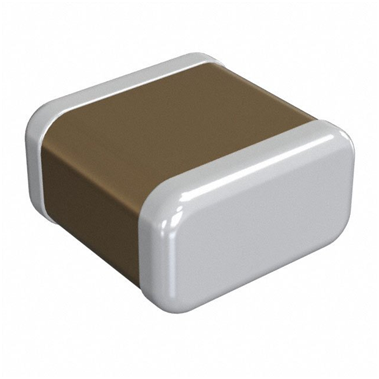The capacitor is composed of two electrodes spaced apart by an insulating material (medium) and has an electronic component that stores a charge function. The symbol is "C" in the circuit. In the circuit, it has the ability to block the passage of DC current and allow AC current to pass through, which can bypass, couple, filter, isolate DC, store power, oscillate and tune.
The main parameters reflecting the physical properties of the capacitor are capacity and withstand voltage, which are indicated in the appearance of the capacitor. Some capacitors have a polarity, and the capacitors are marked with a direction of polarity.
The capacitor is divided into electrolytic capacitor (with polarity), tantalum capacitor, monolithic capacitor (no polarity), ceramic capacitor according to the dielectric material. The capacitance reflects the ability of the capacitor to store charge after the voltage is applied. The capacitance unit is often used in Farad (F), micro (uF) or picofarad (pF).
Conversion formula: 1F=1,000,000uF=1,000,000,000,000pF
The capacitance value of the capacitor is indicated by a 3-digit or 4-digit number. The first 2 digits or the first 3 digits represent an important value (ie, a significant digit). A digit indicates the number of significant digits plus zero.
Example: 471=470uF (for uF for aluminum electrolytic capacitors, 470pF for other types of capacitors)
When the capacitance value is marked with the letter "R", R is the decimal point. Capacitance errors are indicated by a single letter.
In the case of capacitor replacement, the capacitor with the same capacity and large operating voltage can replace the capacitor with a small operating voltage, and the opposite can not be replaced. The shape of the capacitor is shown in the figure.
Allicdata Electronic specialize in the production of safety capacitors, varistors, ceramic capacitors, film capacitors.
For more product information, please go to the website to get it.



没有评论:
发表评论